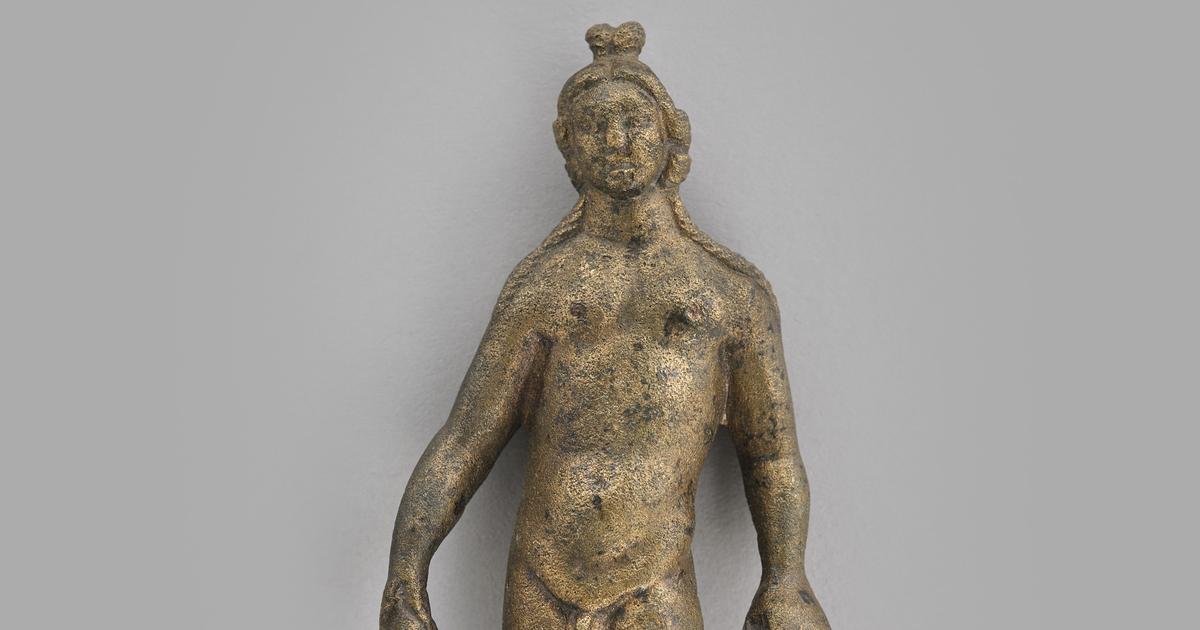A mammoth tusk, a statuette of Apollo, miniature tableware, helmets from the First World War: these objects found in the Seine tell the history of the river, retraced from Wednesday at the Archaeological Crypt located under the Notre parvis -Lady in Paris.
Six months before the Olympic Games (July 26 - August 11), where the opening ceremony and the marathon swimming and triathlon events will feature the Seine, the exhibition presents 150 objects which “
testify to the history”
of the river and its populations.
Also read: Thomas Jolly on the opening ceremony: “Rehearsals start in March”
Fallen, thrown away or lost, they are either the result of
“fortuitous discoveries during the dredging of the river”
, or the result of excavations undertaken since the 19th century, explained scientific commissioner Sylvie Robin on Tuesday during the opening.
The Crypt houses the Gallo-Roman remains discovered under the square in the 1960s, including the quay of the first port of Lutèce: located 50 meters below the current quay, 4 meters below ground level, it shows that the Seine was then
“wider and lower”
and that the city has since
“deepened its bed to make it navigable”
, summarizes Ms. Robin.
Promise ring
From this period, the Seine yielded ceramic containers, copper alloy statuettes of Apollo or Mercury or a wooden fishing trap.
From medieval times, the river spat out lead figurines, a set of thimbles, a promise ring, miniature crockery, weapons or mullets, sorts of tokens which could have the value of a pass.
Head of marble statue.
Marc Lelièvre / City of Paris
In addition to the health crisis, the Archaeological Crypt, attached to the Carnavalet Museum, has suffered in recent years the consequences of the fire which ravaged the cathedral in April 2019. If the small museum located in the basement was not directly affected, the
“lead pollution”
generated and the 2021 flood meant
“that it reopened and closed intermittently, and the situation has only been stabilized for two years”
, underlines its director Valérie Guillaume at the AFP.
Since then, the museum has found an audience made up of
“two thirds of tourists”
, she indicates.
It should benefit from the reopening of the cathedral, scheduled for December 8, before seeing its entrance modified, via the underground reception space planned in the redevelopment of the site.

